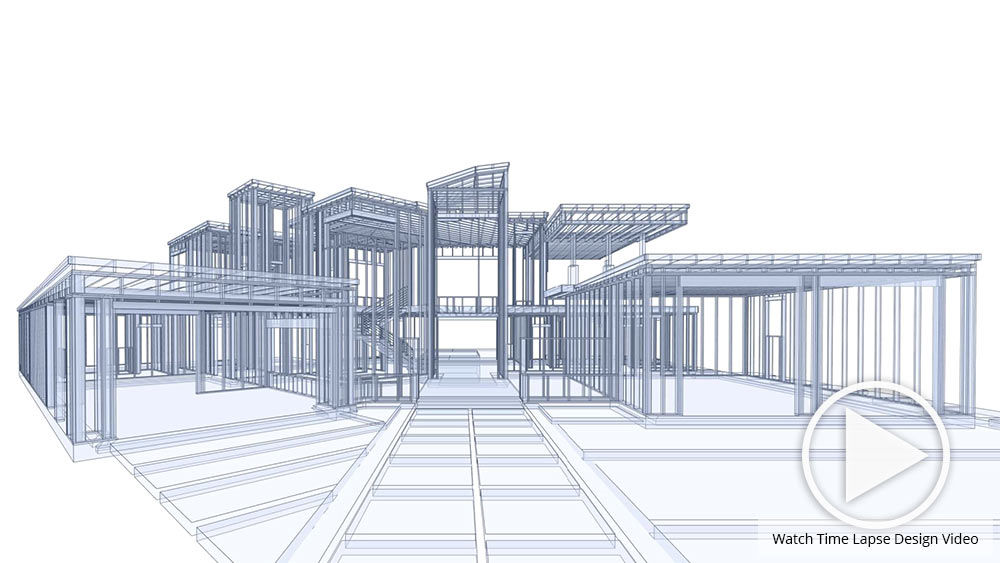Comprehending the Collaborative Process Between Architects and Engineers in Modern Construction Projects
The joint process in between engineers and designers is crucial in modern-day building and construction tasks, as it integrates style intent with engineering expediency. Exploring these dynamics reveals understandings that could substantially impact project outcomes and total industry requirements.
The Importance of Cooperation
The joint synergy between designers and designers is important for the effective understanding of any building task. This partnership unites distinctive experience and perspectives, enabling the combination of cutting-edge layout with practical engineering services. By collaborating, engineers and designers can guarantee that a project not just meets aesthetic and functional demands however likewise follows safety and security, sustainability, and financial restrictions.
Cooperation promotes a common vision, helping with the alignment of goals and expectations from the beginning. This positioning is vital in resolving possible difficulties and mitigating threats that might emerge during the job lifecycle. A collaborative strategy allows for the efficient allocation of sources, maximizing both time and expense.
The significance of cooperation reaches the repetitive process of layout and building and construction, where comments from engineers can inform building choices, resulting in more viable and lasting styles. Conversely, architects can motivate engineers to assume artistically about just how to accomplish structural honesty without jeopardizing artistic intent. Inevitably, the joint connection in between architects and designers is not simply useful; it is fundamental to the production of premium, functional, and cutting-edge constructed environments that fulfill the requirements of culture.
Communication Strategies and Tools
Reliable communication strategies and tools are crucial for promoting collaboration in between engineers and engineers throughout the task lifecycle. Establishing clear networks of interaction is necessary to ensure that all employee are lined up with task goals, timelines, and duties. Normal meetings, both in-person and virtual, supply chances for stakeholders to discuss progression, address worries, and make informed choices.
Utilizing project management software, such as BIM (Building Details Modeling) systems, enhances collaboration by allowing real-time sharing of layout modifications and technological specs. These devices help with transparency, enabling designers and designers to envision adjustments and assess their effect on the general task.

Shared Objectives and Task Vision

Developing common goals entails open dialogue and a comprehensive understanding of each discipline's contributions. Designers generally concentrate on design intent, spatial connections, and customer experience, while designers emphasize structural stability, systems capability, and compliance with laws (cda architects). When these perspectives are lined up, the outcome is a natural task that sticks to both imaginative desires and technological expediency
In addition, a well-defined job vision cultivates responsibility among staff member, motivating each individual to take possession of their function in accomplishing the preferred result. Regular check-ins and collaborative workshops can even more reinforce this dedication, permitting changes to be made as the job evolves. Eventually, a shared vision not just boosts synergy however likewise raises the top quality of the final deliverable, causing successful task conclusion.
The Function of Innovation
Leveraging innovation has ended up being necessary in enhancing partnership between architects and designers. Structure Info Modeling (BIM) stands out as a pivotal innovation, permitting both designers this hyperlink and designers to produce comprehensive 3D versions that envelop layout intent and structural stability.
Moreover, cloud-based systems allow seamless cooperation, allowing project stakeholders to access and update project data from anywhere. This promotes a culture of openness and accountability, as changes can be tracked and examined in real-time. In addition, mobile applications additional improve communication, giving on-site groups with instant accessibility to task requirements and updates.
Arising modern technologies such as fabricated intelligence and artificial intelligence are also starting to contribute in predictive analysis, helping groups identify possible problems prior to they develop. you can check here Ultimately, the role of technology in architecture-engineering cooperation not just boosts operations effectiveness but likewise boosts innovation, leading to more effective project end results. By embracing these technological innovations, designers and designers can ensure an extra natural and effective joint procedure throughout the construction lifecycle.
Study in Effective Partnerships
Many study highlight the extensive impact of efficient collaborations in between engineers and engineers on job outcomes. One remarkable example is the cooperation on the High Line in New York City City, where landscape engineers, designers, and city planners interacted to change an abandoned rail line right into a lively public park. other This multidisciplinary strategy not just enhanced the aesthetic top quality but also made certain architectural security and environmental sustainability.
An additional excellent instance is the style and building and construction of the Sydney Music Hall. The collaboration in between designer JÃ ¸ rn Utzon and architectural engineer Ove Arup exemplified cutting-edge problem-solving. Their partnership permitted the legendary shell-like layout while addressing complicated design difficulties, inevitably causing a timeless building masterpiece.
The Burj Khalifa in Dubai further shows the significance of collective efforts. cda architects. The combination of architecture and design expertise enabled the task group to accomplish extraordinary elevations while adhering to security regulations and visual vision
These instances highlight the significance of communication, trust fund, and shared objectives. In today's complicated construction setting, such partnerships are vital to browsing obstacles and delivering jobs that satisfy both practical and visionary objectives.
Verdict
Finally, the collaboration in between designers and engineers is necessary for the success of contemporary building tasks. Reliable interaction methods, a shared task vision, and the combination of sophisticated modern technologies are important components that facilitate this partnership. By fostering a society of accountability and leveraging tools such as Building Info Modeling (BIM), groups can navigate project intricacies, making certain that visual, functional, and sustainability objectives are accomplished. Ultimately, this harmony leads to cutting-edge and effective task results.